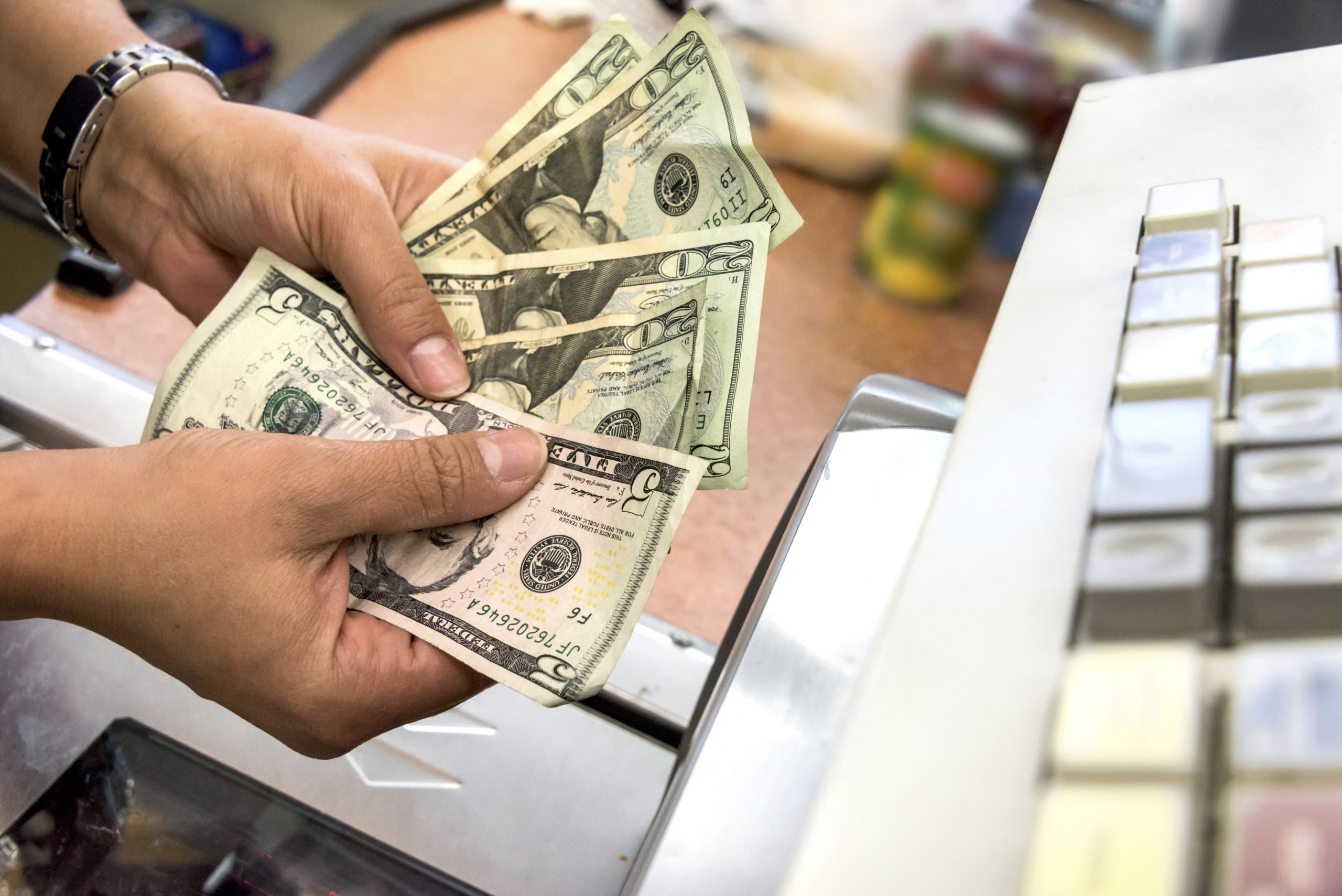Pay-as-You-Go PAYG micropayments are revolutionizing the landscape of eCommerce. Traditionally, online transactions involved lump sum payments, credit card charges, or monthly subscription fees. However, this one-size-fits-all model often discouraged users from making small, frequent purchases or accessing premium content. Micropayments, on the other hand, enable users to pay only for what they consume, breaking down the barriers to entry and encouraging a more seamless and personalized online experience. The rise of digital content platforms, such as news websites, streaming services, and mobile apps, has fueled the need for microtransactions. PAYG allows users to access articles, videos, or in-app features for just pennies or fractions of a cent, rather than committing to a monthly or yearly subscription. This model fosters an environment of exploration and experimentation, as users can pay for a specific piece of content, game item, or service when they want it. Consequently, it empowers content creators and developers, especially smaller ones, to monetize their work without relying solely on ads or large, upfront fees.

The convenience of micropayments is not limited to content consumption. eCommerce platforms have embraced this model as well. For instance, users can now pay per article, feature, or virtual good in video games, making their spending patterns more granular and flexible. Customers are no longer tethered to conventional pricing structures, and businesses can provide tailored experiences that suit the diverse needs of their audience. This customization fosters trust and customer loyalty while promoting economic growth by creating new opportunities for service providers. The shift towards PAYG has also been driven by advancements in payment processing technology and the adoption of digital currencies. Cryptocurrencies, like Bitcoin and Ethereum, have enabled frictionless, cross-border micropayments with low transaction fees. Furthermore, secure and user-friendly digital wallets and platforms have made it easier than ever for users to manage their microtransactions. This convenience, combined with the pseudonymous nature of cryptocurrencies, ensures the privacy and security of users’ financial data.
The gaming industry is one of the prime beneficiaries of PAYG micropayments and 휴대폰소액결제현금화. In-game purchases, including virtual items, skins, and power-ups, have seen a surge in popularity. Users can make small payments to enhance their gaming experience, and this model aligns with the Freemium approach, where games are free to play but offer premium features or items for purchase. By adopting micropayments, game developers can tap into a larger player base while monetizing their creations more effectively. While PAYG micropayments offer numerous advantages, they are not without their challenges. Small transaction fees, processing costs, and potential cryptocurrency price volatility can affect the economic viability of micropayments. Consequently, businesses must carefully consider their pricing structures and payment options to ensure that they are cost-effective and sustainable.
